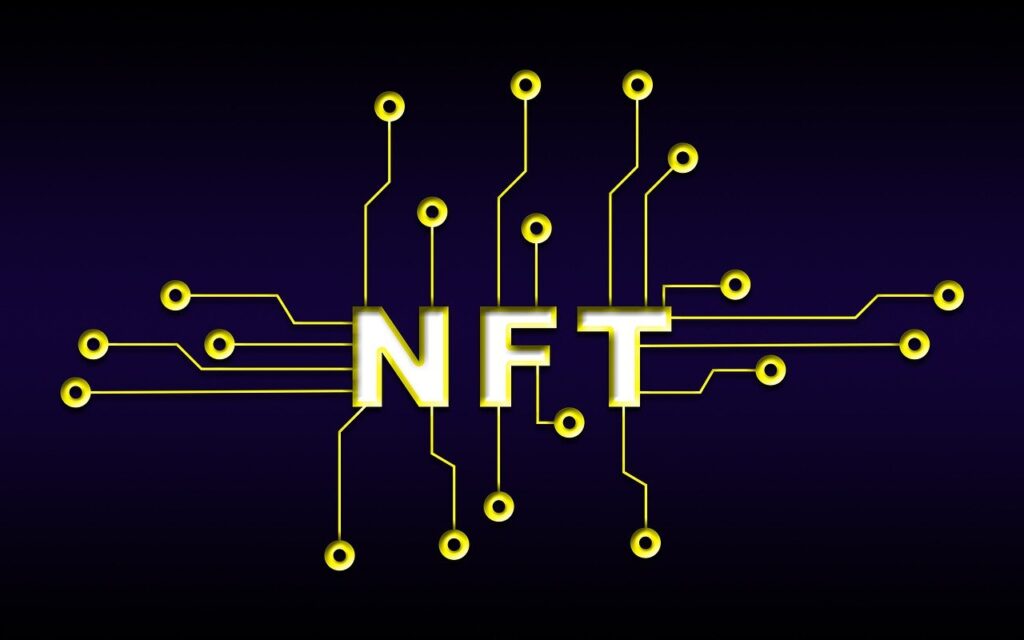In the rapidly evolving cryptocurrency investment landscape, thorough research is essential. One of the most valuable ways to evaluate a project is through its whitepaper, which outlines the project’s purpose, technology, and implementation strategy. Developing skills to effectively analyze whitepapers will help you make informed investment decisions and potentially avoid scams.
Table of Contents
- 1 Why Whitepapers Matter
- 2 Key Sections to Analyze
- 3 1. Executive Summary
- 4 2. Technical Framework
- 5 3. Tokenomics
- 6 4. Team and Advisors
- 7 5. Roadmap and Milestones
- 8 Red Flags to Watch For
- 9 Plagiarism
- 10 Unrealistic Promises
- 11 Poor Writing and Presentation
- 12 Mathematical Inconsistencies
- 13 Lack of Technical Detail
- 14 Tools for Deeper Analysis
- 15 Code Repository Review
- 16 Community Engagement
- 17 Independent Reviews
- 18 Creating Your Evaluation Framework
- 19 Conclusion
Why Whitepapers Matter
A whitepaper serves as the foundational document for any cryptocurrency project, providing critical information about:
- The problem the project aims to solve
- The proposed technical solution
- Token distribution and economics
- Team expertise and background
- Development roadmap
- Potential use cases and applications
This information gives you insight into a project’s feasibility, value proposition, and credibility before you invest.
Key Sections to Analyze
1. Executive Summary
Begin with the executive summary, which should clearly articulate the project’s purpose and value proposition. Consider:
- Does the project address a genuine problem?
- Is the technological approach innovative or merely derivative?
- Is the summary clear and free of unnecessary jargon?
Any legitimate project should provide a concise, clear outline of what’s being built and why it matters.
2. Technical Framework
The technical section explains how the project operates. Look for:
- Detailed explanation of the underlying technology
- Clear description of the consensus mechanism
- Security features and safeguards
- Scalability considerations
- Technical diagrams and flowcharts
Red flags include vague technical descriptions, unsubstantiated claims, or explanations that lack logical coherence.
3. Tokenomics
This crucial section describes how the project’s tokens function within its ecosystem:
- Distribution strategy and supply metrics
- Token utility and use cases
- Vesting schedules
- Inflation and deflation mechanisms
- Revenue models
Be wary of projects that allocate excessive tokens to founders or fail to establish token value.
4. Team and Advisors
Examine the credentials of the people behind the project:
- Team members’ backgrounds and expertise
- Verification of LinkedIn profiles and previous work
- Advisor involvement with the project
- Relevant experience in blockchain, finance, or the target industry
Exercise extreme caution with anonymous teams.
5. Roadmap and Milestones
A credible project should present realistic development timelines:
- Are goals specific and measurable?
- Is the timeline feasible?
- Have they achieved previous milestones?
- Is there a vision for long-term growth?
Overly ambitious timeframes may indicate unrealistic expectations or false promises.
Red Flags to Watch For
Plagiarism
Compare sections of the whitepaper to similar projects. Copied content suggests lack of originality and potential deception.
Unrealistic Promises
Be skeptical of projects claiming to revolutionize industries overnight or promising guaranteed returns.
Poor Writing and Presentation
Inconsistent formatting, grammar errors, or sloppy presentation may indicate lack of professionalism and attention to detail.
Mathematical Inconsistencies
Verify that the mathematics in the tokenomics section is sound. Discrepancies may signal negligence or deliberate fraud.
Lack of Technical Detail
Legitimate projects should explain how their technology works. Vague descriptions hidden behind terminology may mask a lack of substance.
Tools for Deeper Analysis
Code Repository Review
Ensure the project maintains an active GitHub (or equivalent) repository:
- Is the code being actively developed?
- How many contributors are involved?
- Are issues being addressed?
- Does the code align with the whitepaper claims?
Community Engagement
Examine the project’s community:
- Are team members responsive to questions?
- Is there meaningful technical discussion?
- Are concerns addressed transparently?
Independent Reviews
Seek analyses from respected industry experts or dedicated review platforms.
Creating Your Evaluation Framework
Establish a systematic approach to whitepaper analysis:
- Develop a scoring system for different areas (technology, team, and tokenomics)
- Compare projects within the same category
- Document strengths and weaknesses
- List questions for further research
Conclusion
Analyzing crypto whitepapers is both art and science. While a technical background helps, even beginners can identify warning signs with careful attention. Critical thinking is essential—question claims, verify information, and don’t be misled by confusing jargon.
Remember that even the most impressive whitepaper doesn’t guarantee success. Consider whitepaper analysis as one component of your due diligence process, alongside market trend analysis, team research, and technology assessment.
By investing time in reading and analyzing whitepapers, you’ll develop a deeper understanding of the cryptocurrency landscape and make more informed investment decisions.

















